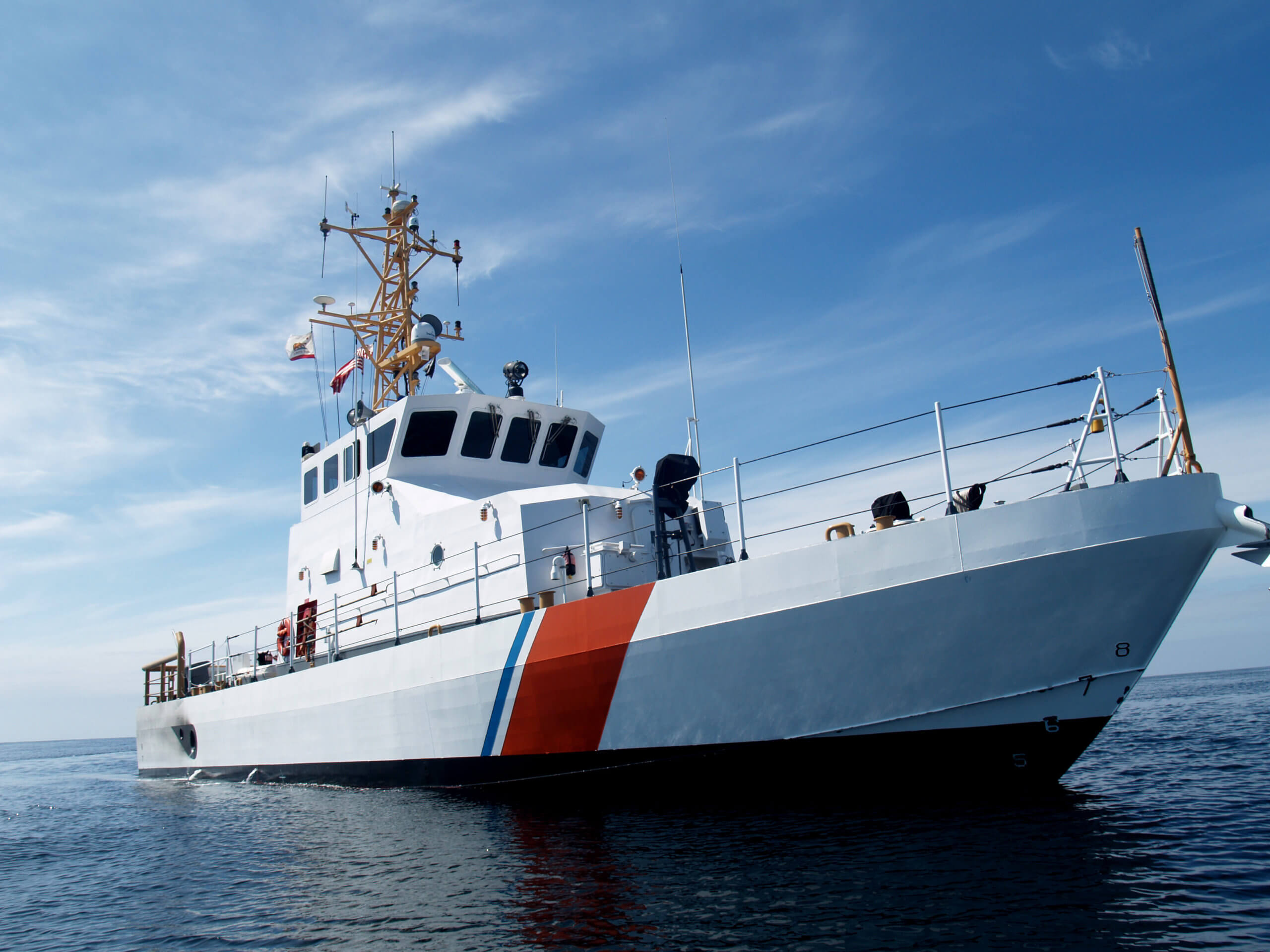Electric Shock Drowning

We referenced “ESD” last week and now it is time to speak about it more fully. In the past, when we have written about “Man Overboard,” and about whether you need a life-jacket or not, the main thrust was all about safety of life at sea. But there is a little-known fact that you can drown right at the marina — in the most shocking way! It is called “ESD”: Electric Shock Drowning.
Most mariners are not aware that such a danger even exists other than in the most blatant way. If there were an electrical cable thrashing about from a downed power wire, well, it is pretty obvious that whether that happens at the dock or in front of your house, this is a major danger. If it happens to knock you off the dock as it paralyzes you, you’re going to drown. But how about a charge as low 10 milliamps?
Sources of Stray Currents at the Dock
There are two sources of stray current at the marina — faulty marina wiring and faulty wiring on your boat. At the marina, if there is a non-functioning grounding system, or an improper grounding of the neutral-white power conductor or just unapproved wiring near the water, there can easily be a charge snaking through the waters of the marina.
Although these are all violations of the National Fire Protection Association’s PFPA 303 Fire Protection Standard for Marinas and Boatyards, it will be cold comfort for you if you reach into the water to retrieve your cap and your muscular system is shocked into paralysis. The amount of electricity entering the body can be so small that often the post-mortem doesn’t catch that stray current was the cause of death. “Poor Charlie reached in for his skipper’s cap and just kept going! He must have been dead when he hit the water because he never even tried to get back on the dock!”
And it doesn’t have to be a marina owner who missed his annual inspection. It could be you or your slip mates. As the boats get bigger and the electrical systems get more complicated — with generators, inverters, chargers and other such devices — chances of error compound. Add in the Do-It-Yourselfer adding a device as an after-market “enhancement” to the boat and you can see the implications. And it is all the usual errors — poor groundings, reversed polarities, mixing AC and DC wiring, etc. While such practices are violations of the American Boat and Yacht Council’s Standards and Recommended Practices, the boater is not protected from himself or others by required inspections. You just have to be committed to doing it with licensed and experienced help.
The most unnerving aspect is that if muscles are exposed to charged water, they can become paralyzed, making it impossible to swim or even breathe. Drowning happens just that much faster since obviously you can’t do anything to aid yourself.
What Can I Do About It?
First, stay out of the water in a marina, especially if someone is running their generator. If your cap blows off your head into the drink, get a boat hook with at least a rubber grip and snag it.
Secondly, check with your dock master to be sure that the boats and the marina itself are wired to ABYC and NFPA standards. It is better than even odds that the dock master has a charge-indicator in the shop for simple boat work. Have him check the waters periodically, perhaps even by staging an “Electrical Safety Day” at the marina. Have everyone that has a generator turn theirs on. Then test the waters. If it shows a charge, turn the generators off one by one until the charge drops out. That’s your guy.
He’ll thank you for it — as will everyone at the marina.
By the way, if you are interested in being part of USCG Forces, email me at JoinUSCGAux@aol.com or go directly to the D1SR Human Resources Department, which is in charge of new members matters, at DSO-HR and we will help you “get in this thing . . .



